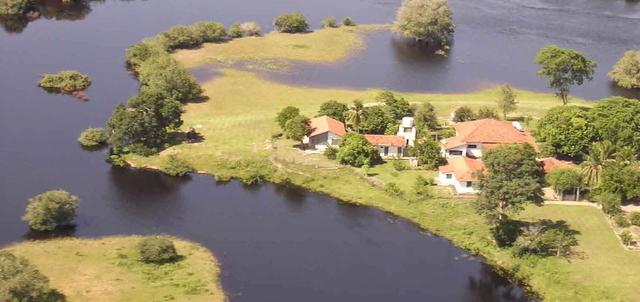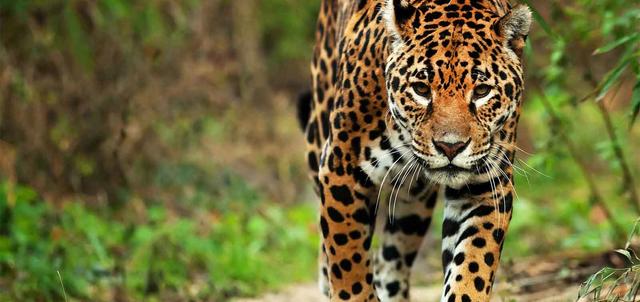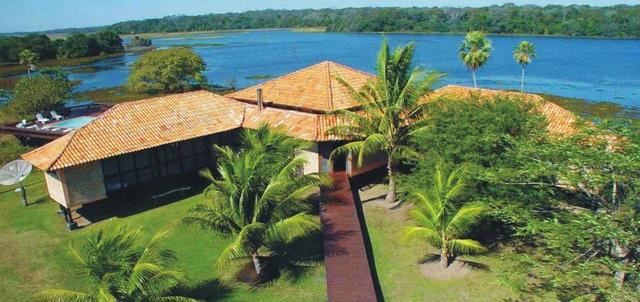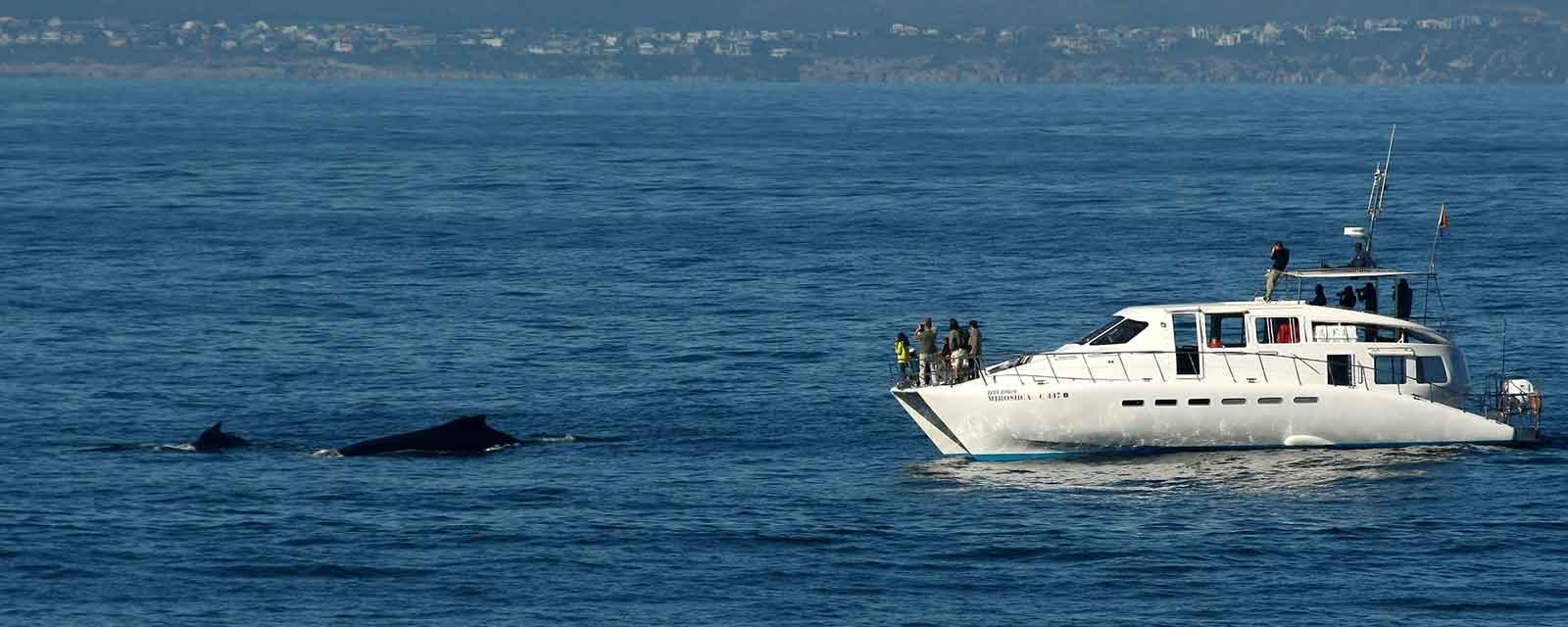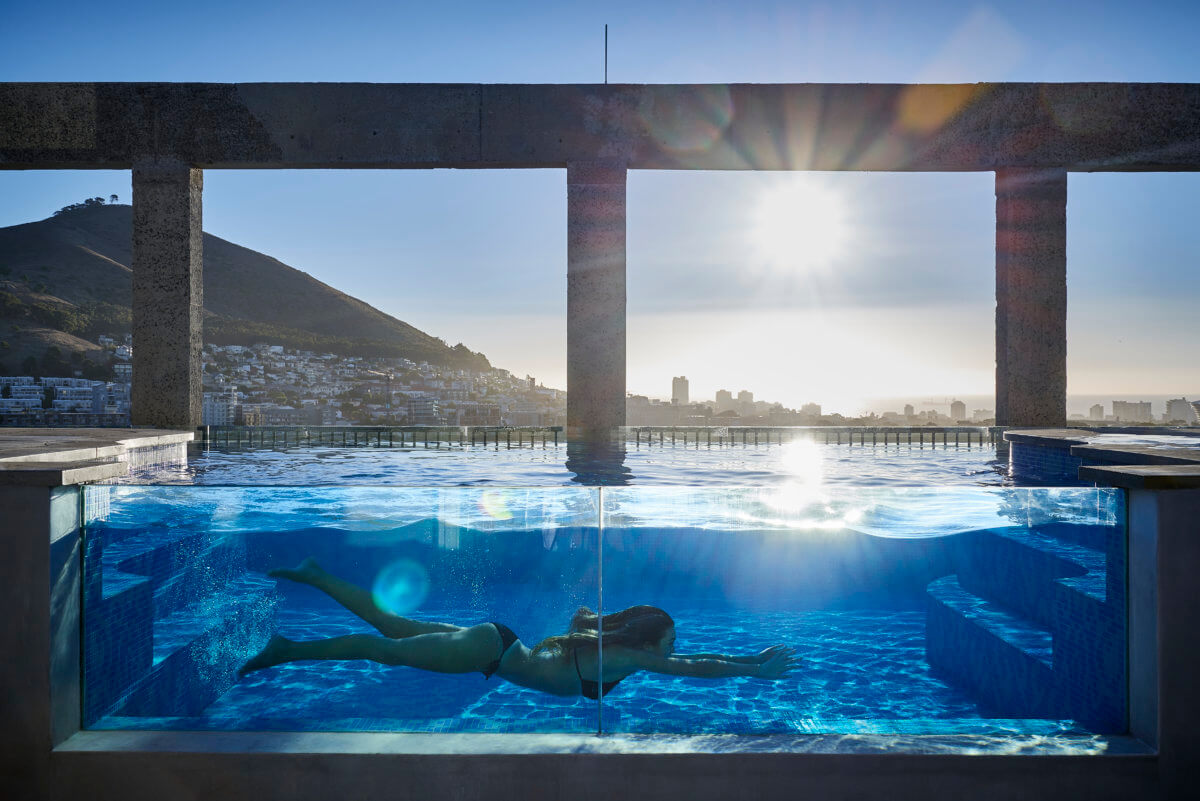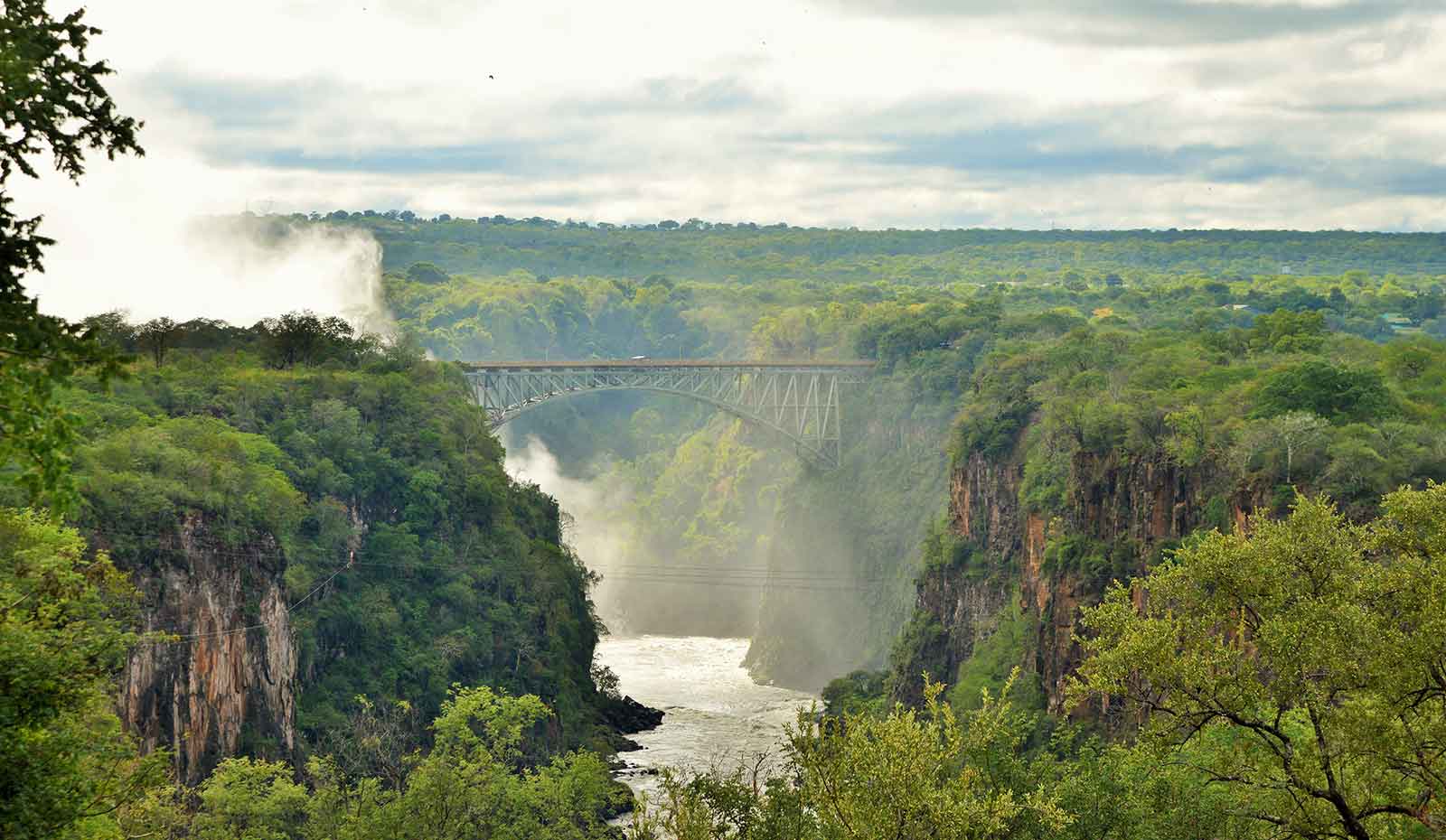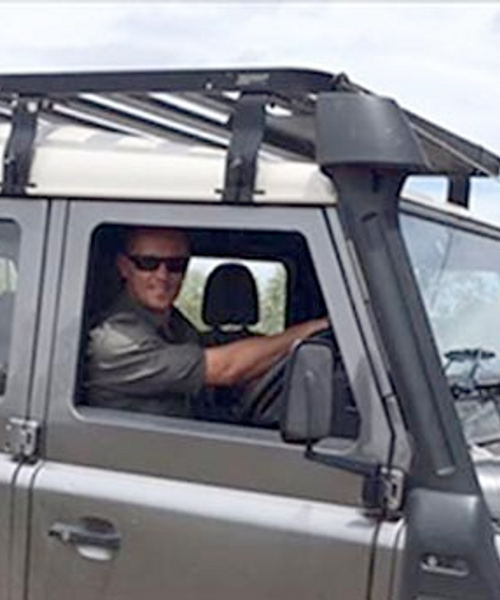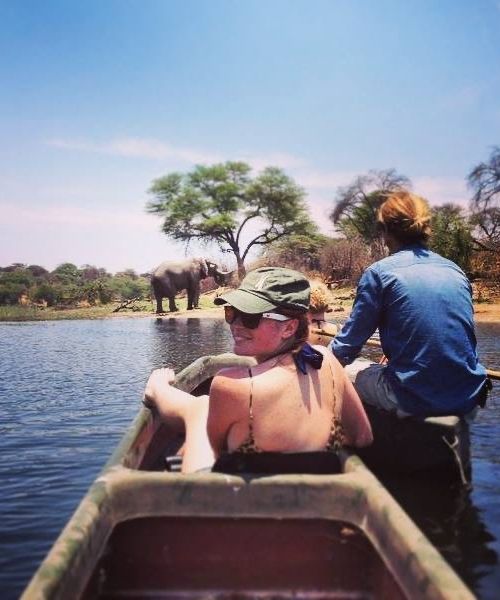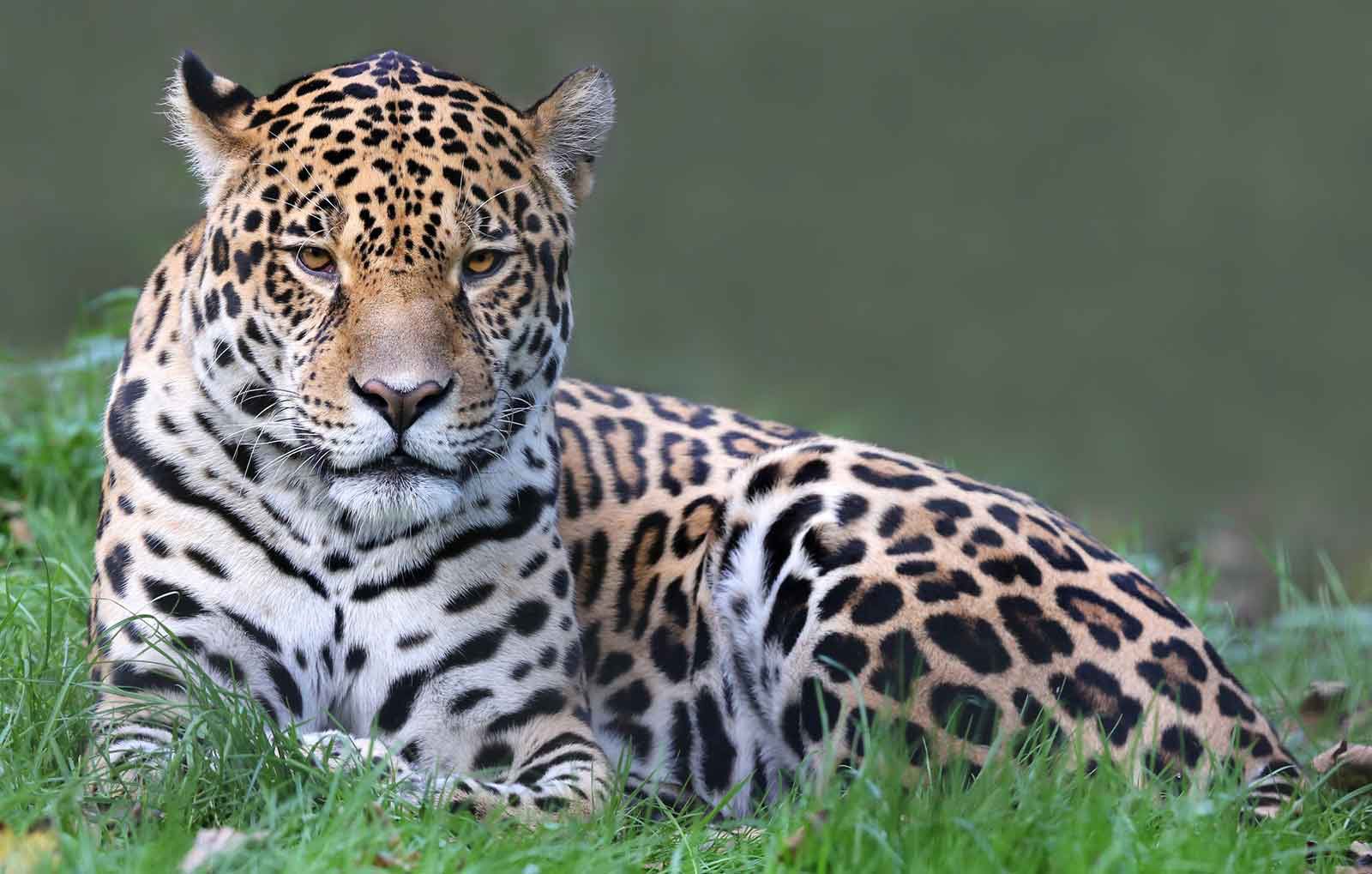
Pantanal
The Pantanal is a UNESCO world-heritage site and the world’s largest wetland system home to a wealth of wildlife, in particular the elusive jaguar.The Pantanal is a UNESCO world-heritage site and the world’s largest wetland system home to a wealth of wildlife, in particular the elusive jaguar.
Pantanal Highlights
The Pantanal is the premier wildlife viewing destination in South America. An extensive mosaic of swamps, rivers and marshlands sprawl across an enormous alluvial floodplain spilling across Brazil and parts of Paraguay and Bolivia, stretching across 210,000 square km of untouched paradise. The region is the world’s largest tropical wetland system home to the highest population of jaguar in the world.
The Pantanal is the premier wildlife viewing destination in South America. An extensive mosaic of swamps, rivers and marshlands sprawl across an enormous alluvial floodplain spilling across Brazil and parts of Paraguay and Bolivia, stretching across 210,000 square km of untouched paradise. The region is the world’s largest tropical wetland system home to the highest population of jaguar in the world.
The Pantanal in Brazil is split across two states, Mato Grosso (the northern Pantanal) and Mato Grosso do Sul (the southern Pantanal). The southern region is more accessible, but the north offers opportunities to delve into the depths of the lush lined tributaries and remote regions. Most travelers head to Campo Grande, but there are many regions and entry points.
But jaguar aren’t the only species to spot while in the Pantanal. It’s a wildlife wonderland home to an ecosystem is also thought to be home to 1000 bird species, 400 fish species, 300 mammalian species, 480 reptile species and over 9000 subspecies of invertebrates. Popular species to spot while visiting the region include : giant river otters, hyacinth macaw, marsh deer, yellow anaconda and green iguanas. The capybara - a giant guinea pig - is the iconic species of the area and an absolute highlight to spot.
There are many birding trails dotted throughout both the north and south region, making it ideal for walking trails during the drier season. Accommodation is congregated in the south and is mainly fazendas (farms) with horses. Naturally, horse riding trails are popular in this region and keen riders are encouraged to join guided rides. Boat cruises and kayaking expeditions in season are specifically centred around finding the elusive jaguar.
It’s important to remember that the Pantanal has a minimal population and very few towns. Be prepared for an adventure where great distances are travelled via motorboats.
- The Pantanal is a massive gently-sloped basin that receives run-off from upland areas. There are plenty of tributaries flowing out from the Paraguay River home to ample aquatic species.
- The Pantanal is a massive gently-sloped basin that receives run-off from upland areas. There are plenty of tributaries flowing out from the Paraguay River home to ample aquatic species.
- Because the areas are remote, it’s necessary to join a guided tour with a qualified tour leader that speaks your language.
- The most popular time for walking tours in the Pantanal is from Apr - Oct; and it’s quite possible to see jaguars prowling on the edge of the water.
- Spot the world’s largest rodent, capybara and look out for the second largest cat, the Ocelot
- Find turquoise hyacinth macaws, another rare and beautiful species of bird. The birdlife in Pantanal is unbeatable, and a major drawcard for birders from around the world.
- The Transpantaneira is the only road to penetrate deep into the Northern Pantanal. This is a spectacular dirt road worthy of a drive - plenty of wildlife.
- The Pantanal Conservation area—a group of four protected areas in the Pantanal—was declared a UNESCO World Heritage Site due to its ecological significance.
- The best time to see jaguars is between June and October; and this is when the jaguar house boats operate.
There are two distinct regions in the Pantanal, the north and the south. Each region has contrasting landscapes, with the north being far more remote and waterlogged than the south. As a result, the south is more accessible. It’s worth staying in both areas of the Pantanal to enjoy the diverse array of wildlife.
The most popular place to stays in the northern Pantanal are the Araras Pantanal Eco Lodge and the The Pantanal Jaguar Camp , both located in regions with a high density of jaguar. The Porto Jofre region has a massive concentration of jaguar, and this is where Jaguar Camp is located, Araras is situated on the Pantanal plain close to the northern gateway to the wetlands and the southern gateway to the Amazon.
Caiman Ecological Refuge in southern Pantanal is a model for ecotourism and conservation projects. A destination known for it superb home-cooked meals, this lodge has certainly become a firm favourite within the southern regions.
Each of the above lodges have their own private guides and specialised jaguar tracking tours.
How to Get There
Cuiabáis the main gateway to the northern Pantanal. Campo Grande is the southern gateway into the Pantanal. There are direct flights to Cuiabá and Campo Grande from other Brazilian destinations, and these gateway cities are easily reached by direct buses from numerous Brazilian cities.
Cuiabáis the main gateway to the northern Pantanal. Campo Grande is the southern gateway into the Pantanal. There are direct flights to Cuiabá and Campo Grande from other Brazilian destinations, and these gateway cities are easily reached by direct buses from numerous Brazilian cities.
There are only a few roads in the Pantanal, which are generally located in the south. Roads are unsurfaced and flood frequently. There's limited public transport - you will eat, sleep and drink in the confines of the lodge grounds. There is only one main highway that heads deep into the northern Pantanal, which is why transport needs to be arranged way in advanced.
Hiring a car is only possible in the dry season, but 4x4 experience is necessary. Transportation is normally arranged at the time of making your lodge booking.
Pantanal Activities
Most of the activities in the Pantanal centre around game viewing. Tours led by qualified guides who speak your language, are always recommended. The region doesn’t have a road network and cannot be explored without expert knowledge of the area.
The most popular ways of exploring the vast wetlands is on foot, horseback, in boats and on modified game vehicles. Because a large majority of lodges are ranches, organising a horseback safari is easy to do upon arrival. Horseback rides lets you explore hidden areas of the wetland system that aren’t navigable on foot.
Hiking and walking trails surrounding the lodges allow guests to explore mixed ecosystems, including savannah, wetland, and woodland. Most of the trails are loops, so hikers can spend as long as they wish exploring.
Night safaris and specific jaguar tracking tours are also popular, and tend to operate mostly in the south. Birding is a fantastic activity and there are plenty of birding tours, but most lodges are surrounded by incredible birdlife, particularly around October/November time. It's not uncommon to see macaws fluttering around the grounds of lodges.
The watery wetlands are best explored on adventurous canoe and boating excursions. Gliding through the open waterways and channels is best done early morning and evening time when jaguars eagerly prowl the banks. Waterbirds such as egrets, storks, kingfishers cormorants, anhingas, and terns are commonly spotted. Capybara and caiman are two species to keep an eye-out for - they’re found in abundance.
An exciting excursion and not something you'd get to experience anywhere else, is piranha fishing. There’s a specific way of catching these powerful fish, and these critters are always ready to bite.

